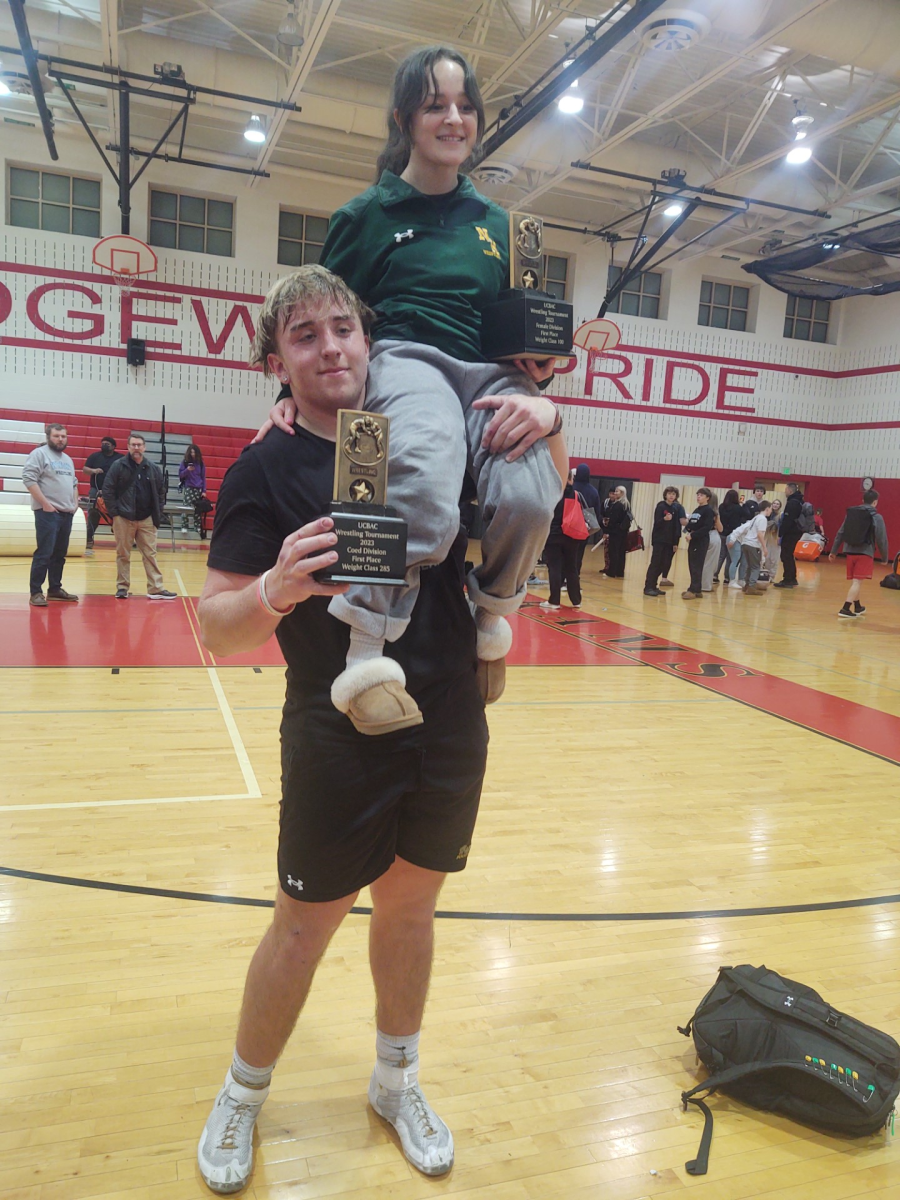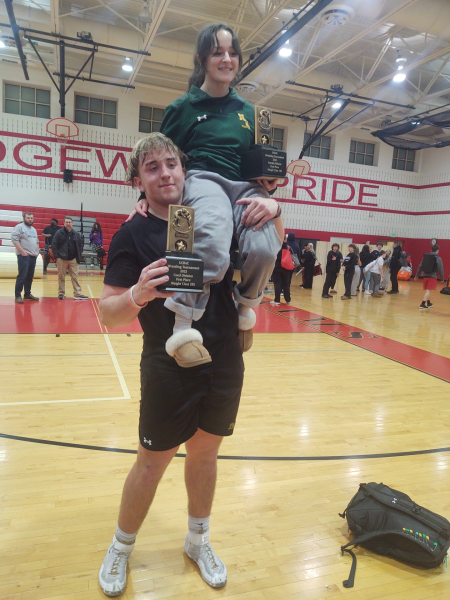Fall sports getting heated up; Teams getting forced to cancel practices
September 27, 2018
Playing a sport is tiring itself, but playing in overwhelming heat can be harmful. For athletes, playing and practicing in the safest and best conditions possible is not always easy..
The fall sport season is one of the hottest of the entire school year, second to the spring season. But how hot does it have to be to draw the line and declare it unsafe for players? According to North Harford’s athletic director Tim Larrimore, when the temperature is anywhere over 104 degrees fahrenheit, that means no practice.
There are also some days where it seems too hot and humid to do anything outside, but some sports teams still have practices and games. If the outdoor temperature is 95 degrees, there will be, “water breaks every 20 to 30 minutes, and ice down towels for cooling,” according to Larrimore.
If the temperature falls between 95 to 99 degrees, there should be water breaks every 15 to 20 minutes for the participants, and athletes must remove their helmets frequently, and their protective equipment and gear should be worn only during contact drills.
Playing a fall sport in the heat not only is uncomfortable for athletes, but it can also be dangerous. The relative humidity combined with the air temperature can make it much hotter than it actually is. According to scientists if it’s 90 degrees outside but the humidity is 100 percent, the apparent temperature is about 132 degrees. According to health officials, heat like that can have serious effects on players such as dehydration and heat stress.
“Heat illness can occur at lower temperatures,” says Larrimore. If the temperature is 100 to 104 degrees, there must be water breaks given every ten minutes, and athletes are not allowed to wear any equipment, and the total time for practice has to be less than 90 minutes.
With all of the hot days and recent high humidity throughout the county, it is no surprise that North Harford and along with other HC high schools have seen an unusually high number of cancelled practices and significantly more water breaks for athletes when they do get them in.






